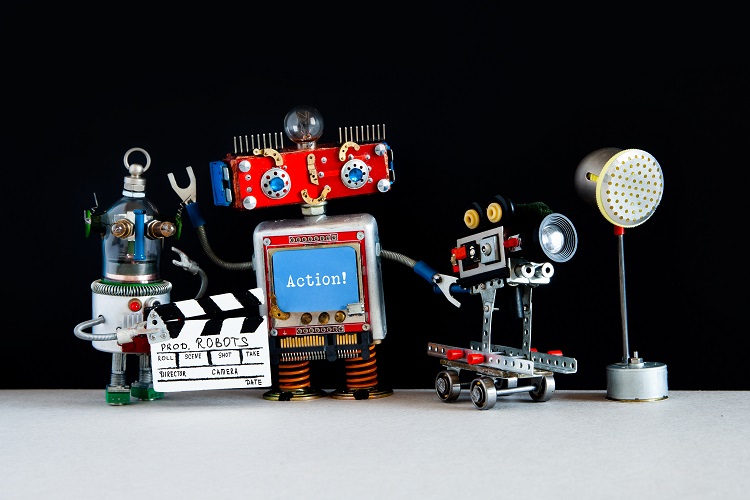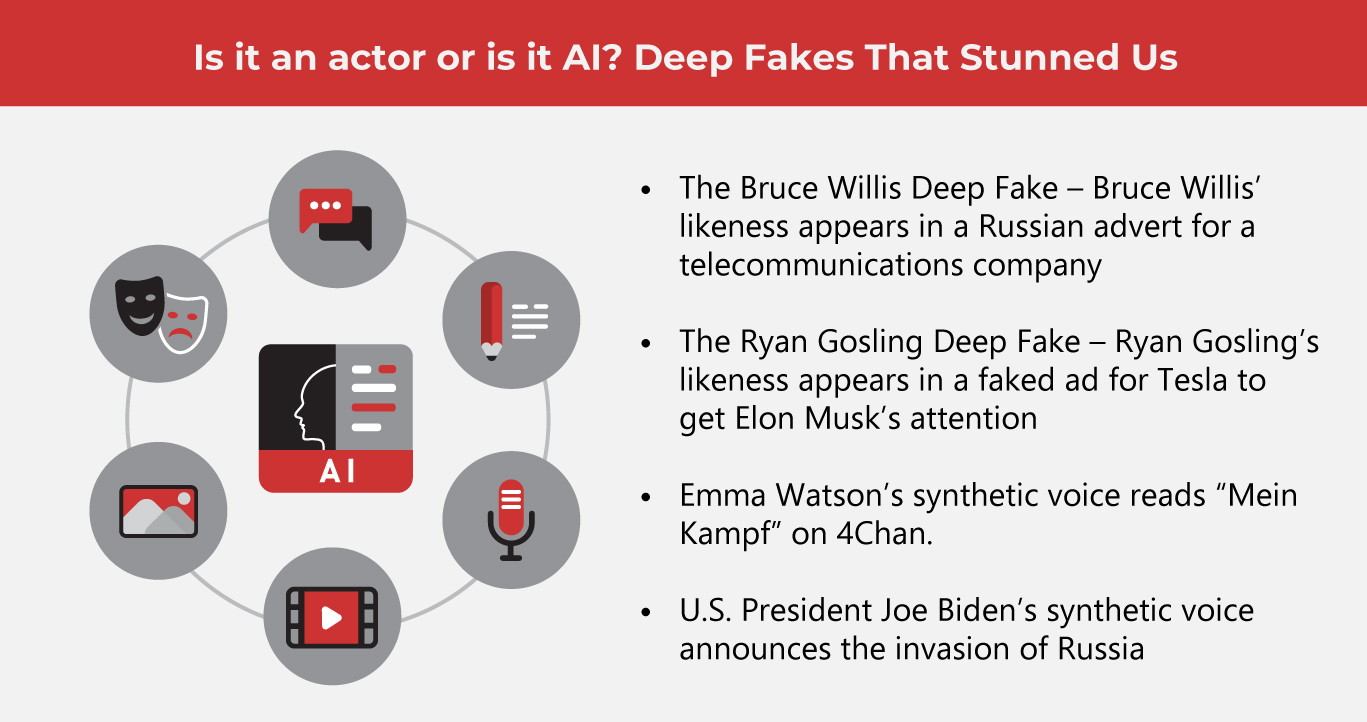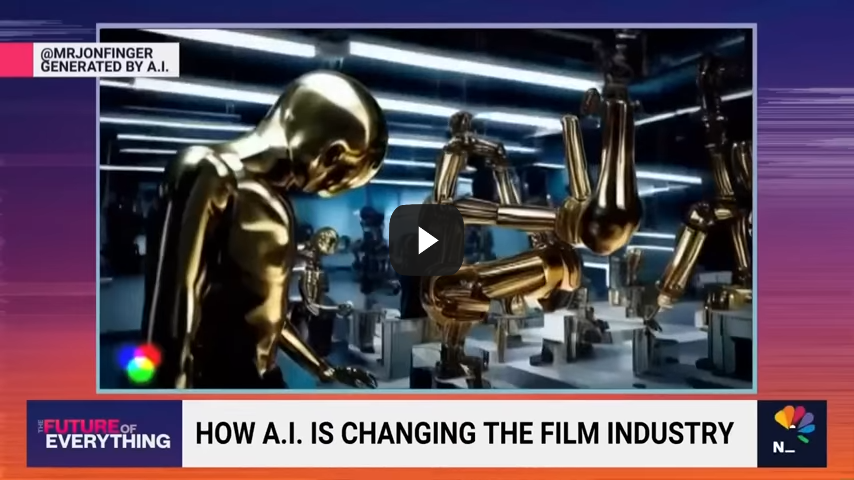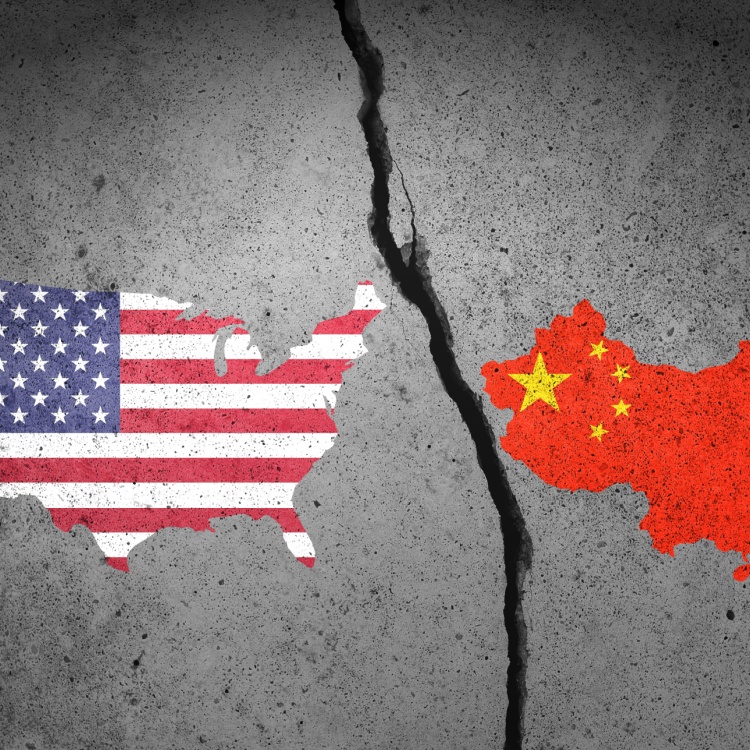When AI Moves to Hollywood

What if one day we open our favorite streaming apps and come across a series where Salma Hayek plays our boss? Not someone who reminds us of our boss, but our actual boss: same name, same company, really, the same person. Wait…that sounds like the premise of “Joan Is Awful”, an episode from season 6 of the hit sci-fi horror series, “Black Mirror”.
(Also read: From Silver Screen to Silver Stream)
“Joan Is Awful” (and most good episodes of “Black Mirror”, really) resonated with viewers because it gave them a glimpse of what could go terribly wrong with technology that already exists. What happens when humans use technology in ways that could turn against them? In this episode, it’s AI and generative technology being held against the black mirror. This horror show could happen when AI goes too far. In fact, “Joan Is Awful” is based on something that happened IRL. It already did happen.
Generative AI is scary for actors and performers in Hollywood because it brings to the fore very real and complex concerns from these actors and performers. What does it mean for actors to sign into contracts where a media studio is allowed to use or is given license to an actor’s image, likeness, and voice?
 Studios like to bring up the advantages of using generative AI in filmmaking. Many say that by allowing companies license to an actor’s image, likeness, and voice to AI, opportunities can open up for actors to be involved in multiple projects when schedules or other commitments prevent them from being on set.
Studios like to bring up the advantages of using generative AI in filmmaking. Many say that by allowing companies license to an actor’s image, likeness, and voice to AI, opportunities can open up for actors to be involved in multiple projects when schedules or other commitments prevent them from being on set.
For example, a studio can re-do a scene with a certain actor without having to re-shoot that actor. The actor’s image can simply be a virtual stand-in for them for as many takes as necessary, with no additional talent fees required.
Another advantage media studios cite is localization and customization. A movie in English can now have versions in different languages without it being dubbed over by voice actors.
The technology may be good for media companies, but misuse of this technology can potentially harm performers and impact livelihood across the board for actors, from the big-named to the bit players.
First, the use of generative AI can complicate the negotiating process for actors. In Hollywood, contracts are negotiated and renewed every three years. This is according to Duncan Crabtree-Ireland, chief negotiator for the actors’ union known as Screen Actors’ Guild- American Federation of Television and Radio Artists (SAG-AFTRA). With technology moving at an incredibly fast clip, it becomes impossible to predict what the clauses related to lending an actor’s image and likeness to AI could mean down the line.
In June of 2023, a strike authorization among members of SAG-AFTRA was approved in support of pursuing a contract that aims to protect actors against the “unregulated use of generative AI”. This authorization does not mean actors are now going on strike. However, this authorizes the actors to “initiate a strike” should media studios fail to reach a fair deal with the actors’ union.
The actor’s fight against the unfair use of generative AI extends to more than just Hollywood A-listers. This concerns smaller actors, such as voice actors, too.
AI may even be a more urgent threat to voice actors as contracts including clauses about synthetic voices are becoming the norm. What this means is that companies can record a human voice actor’s voice, and then later use their voices synthetically for other purposes, at no added cost or talent fee to the original voice actor.
Imagine a service similar to a stock photo or image service that offers “stock voices”. Many companies already offer this type of service and it comes fairly cheap. Vice reports that some services offer subscriptions for as low as $30 a month.
Finally, at the far end of the spectrum comes the question: will AI avatars replace human actors at some point?
Today, TV shows and movies use AI technology to bring deceased actors back to life or make aging stars appear onscreen as their younger selves. Deep fake is already normal on mobile devices. Does this mean a feature-length deep fake is already on the way?
It again raises a lot of ethical questions related to an actor’s image, likeness, and voice. Variety cites that “this has also raised questions about how an actor, or deceased actor’s estate, can and should be able to give consent for certain uses of their synthetic likeness.”
Actors and performers want to protect their agency. Their image is their moneymaker, and when that image can be manipulated to whatever a studio wants, it does become very dangerous and scary.
As National Association of Voice Actors (NAVA) president and founder Tim Friedland said, “We want to ensure that (voice) actors are actively and equally involved in the evolution of our industry and don’t lose their agency or ability to be compensated fairly for their work and talent.”
 As one of the Top 19 EMS companies in the world, IMI has over 40 years of experience in providing electronics manufacturing and technology solutions.
As one of the Top 19 EMS companies in the world, IMI has over 40 years of experience in providing electronics manufacturing and technology solutions.
We are ready to support your business on a global scale.
Our proven technical expertise, worldwide reach, and vast experience in high-growth and emerging markets make us the ideal global manufacturing solutions partner.
Let's work together to build our future today.
Other Blog


